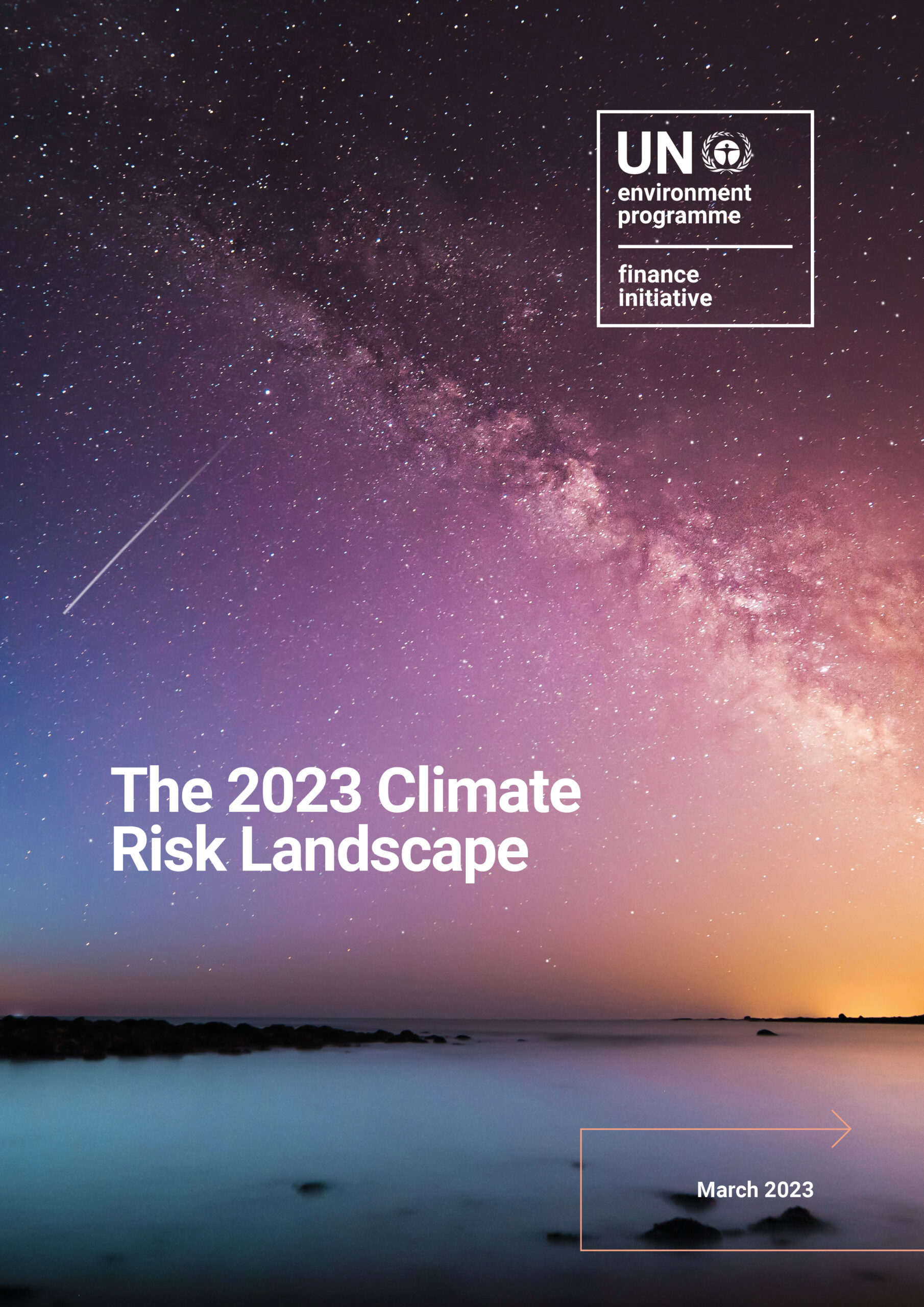While the primary and immediate focus must be on swift and deep emission reductions across sectors, the deployment of carbon removal methods will be unavoidable to counterbalance any hard-to-abate residual emissions by mid-century (IPCC, 2022). Once all possible emissions reductions are achieved, the financial industry must continue its engagement with real-economy actors towards the neutralisation of any residual emissions.
This article presents UNEP FI’s seventh recommendation on credible net-zero commitments as outlined in a UNEP FI input paper to the G20. The eleven recommendations, alongside this series of articles, aim to support policymakers in understanding the progress in net-zero finance to date and how to scale up the global transition to a net-zero economy.
Engagement journey to net-zero emissions
Net zero refers to the state by which greenhouse gases (GHG) going into the atmosphere are reduced as close to zero as possible and any residual emissions are balanced by permanent removals from the atmosphere by 2050.
Hence, the engagement journey of financial institutions with real-economy companies doesn’t stop when the emission reduction pathways are implemented. It continues until all residual emissions are permanently removed. Offsetting these residual emissions may require the implementation of carbon dioxide removal (CDR) methods.
Carbon neutralisation tools
The Intergovernmental Panel on Climate Change (IPCC) outlines three main uses for carbon removal technologies:
- to supplement significant emissions reductions, thereby accelerating climate mitigation;
- to balance out unavoidable residual GHG emissions to achieve net-zero emissions;
- to achieve net-negative emissions by removing more carbon than emitting;
Yet, misuse of carbon removal methods may derail the urgent work of deeply reducing emissions now. Moreover, the effectiveness of large-scale deployment of Carbon Dioxide Removal (CDR) is unproven (IPCC, 2022), and overreliance on these methods to reaching net zero poses a significant risk to limit global warming.
A carbon market allows emitters to neutralise hard-to-abate emissions by purchasing carbon credits generated by projects aimed at removing or reducing GHGs from the atmosphere. Such carbon credits could be used in the context of permanent removal of residual emissions. However, to ensure a reliable market with justified pricing, it is crucial that the use of voluntary carbon credits is governed by a credible, standardised and transparent framework set by policymakers.
In conclusion, while rapid emission reductions should remain top priority, CDR can play a role in the last leap towards net zero. As part of their active engagement, financial institutions can support real-economy companies throughout the full emission neutralisation journey.
Policymakers are expected to develop and implement a framework that supports neutralisation of residual emissions, for example through certification of high-quality carbon removals. A credible net-zero commitment must also imply that the final state of achieving net-zero is verified by an independent third party.


